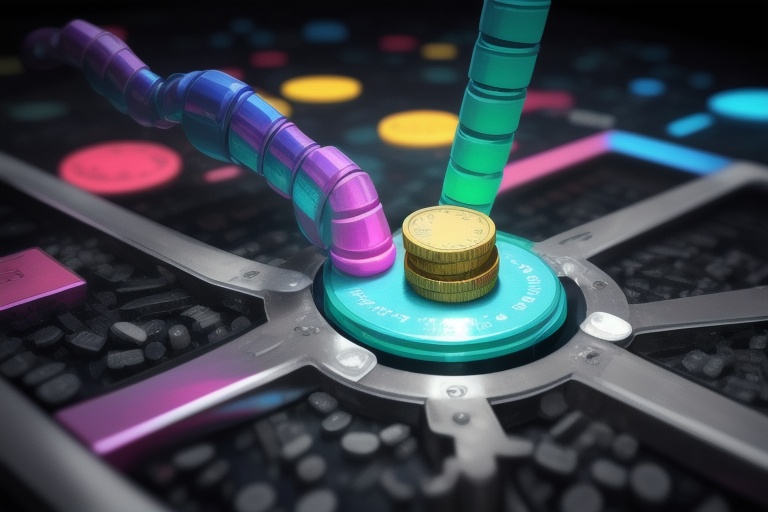Artificial intelligence (AI) has journeyed from the imaginations of science fiction authors to become an integral part of our daily existence and professional spheres. Increasingly, AI is not just a tool of convenience but is catalyzing major shifts in industries, economics, and the very fabric of our routines. Amidst this technologically charged landscape, a new comparison has emerged—one that places AI in the arena with human intelligence, not as competitors, but ideally as collaborators, each with distinct capabilities and potential.
Artificial intelligence (AI) has journeyed from the imaginations of science fiction authors to become an integral part of our daily existence and professional spheres. Increasingly, AI is not just a tool of convenience but is catalyzing major shifts in industries, economics, and the very fabric of our routines. Amidst this technologically charged landscape, a new comparison has emerged—one that places AI in the arena with human intelligence, not as competitors, but ideally as collaborators, each with distinct capabilities and potential.
Understanding Artificial Intelligence
AI, at its core, implies the development of systems that exhibit cognitive traits akin to those of humans. These systems are engineered to perceive their environments, reason, learn from data, and take action toward achieving specific goals. Unlike traditional programs, AI is based on the principle of learning from experience, getting more sophisticated with time and data input.
The architecture of AI is built upon human knowledge, translated into a format that machines understand, allowing them to execute operations that were once exclusive to human intellect. AI spans a vast array of applications such as robotics, natural language processing, predictive analytics, and autonomous vehicles.
The Nature of Human Intelligence
Human intelligence is a tapestry woven with threads of genetic legacy, environmental influences, and personal experiences. It is the sum total of an individual's cognitive capabilities, including the capacity to learn from the past, plan for the future, solve complex problems, and adapt to an ever-changing environment. Our intelligence is inherently dynamic and reflects a remarkable capacity to navigate an array of varied and intricate social interactions.
Artificial Intelligence versus Human Intelligence
AI and human intelligence converge and diverge in myriad ways, each embodying strengths and facing limitations unique to its origin. Below is a comparative snapshot of some key characteristics that contrast AI with human intelligence:
| Parameters | Human Intelligence | Artificial Intelligence ||------------|--------------------|-------------------------|| Evolution | Arises naturally over the course of human development. | Conceptualized and iteratively improved upon by researchers and engineers. || Purpose | Equips humans to adapt and thrive in diverse settings through creative and complex thinking. | Seeks to enhance efficiency by automating tasks and analyzing data at an extraordinary scale. || Cognition | Innate ability to process information leveraging memory and consciousness. | Functionality dependent on algorithms and computational power. || Speed | Generally slower at processing vast quantities of data compared to AI systems. | Excels at rapid data analysis and task execution. || Learning | Gains insights from a spectrum of experiences over time. | Harnesses machine learning and pattern recognition but lacks the human element of intuition and abstract thought. || Decision-making | Informed by both logic and emotional intelligence, often imbued with subjectivity. | Based on data-driven logic, tending towards objectivity and precision. || Error Margin | Prone to mistakes due to a variety of human factors. | Once properly configured, demonstrates high levels of accuracy and reliability. || Adaptation | Demonstrates flexibility in thought and behavior even amidst uncertainty. | Requires algorithmic adjustments to cope with new or unexpected scenarios. |
While the table elucidates a clear distinction between AI and human cognitive abilities, the dialogue is hardly one-dimensional.
The Symbiosis of AI and Human Intelligence
The intersection of AI and human intelligence unveils a profound synergy—each supplementing the other's capabilities. Where AI excels in consistency, speed, and data handling, humans bring creativity, emotional intelligence, and moral judgment to the table. The balance of these attributes is central to maximizing advances in AI, ensuring these technologies augment rather than replace the human touch.
Ethics and Artificial Intelligence
The fusion of AI into our daily routines elicits vital ethical considerations. As we architect AI systems, we must ensure they align with societal values and work for the common good. This involves vigilance against biases in algorithms, respect for privacy, and accountability in AI decisions.
The Future of AI and Ongoing Inquiry
Our journey with AI is nowhere near its culmination; rather, we stand on the brink of a new chapter where AI's implications for employment, security, and societal dynamics will become more pronounced. Ensuring a future where AI serves and enhances human potential is the collective responsibility of technologists, policymakers, and society at large.
In the forthcoming segments of this discussion, we will probe deeper into AI's role in reshaping the workforce, evaluating the balance of risks and rewards, and crafting effective strategies to harness the promising yet unpredictable nature of artificial intelligence. Stay engaged as we continue to unveil the trajectory of AI and its profound interplay with human intelligence—one that is certain to redefine the contours of our shared technological destiny.
Information for this article was gathered from the following source.


